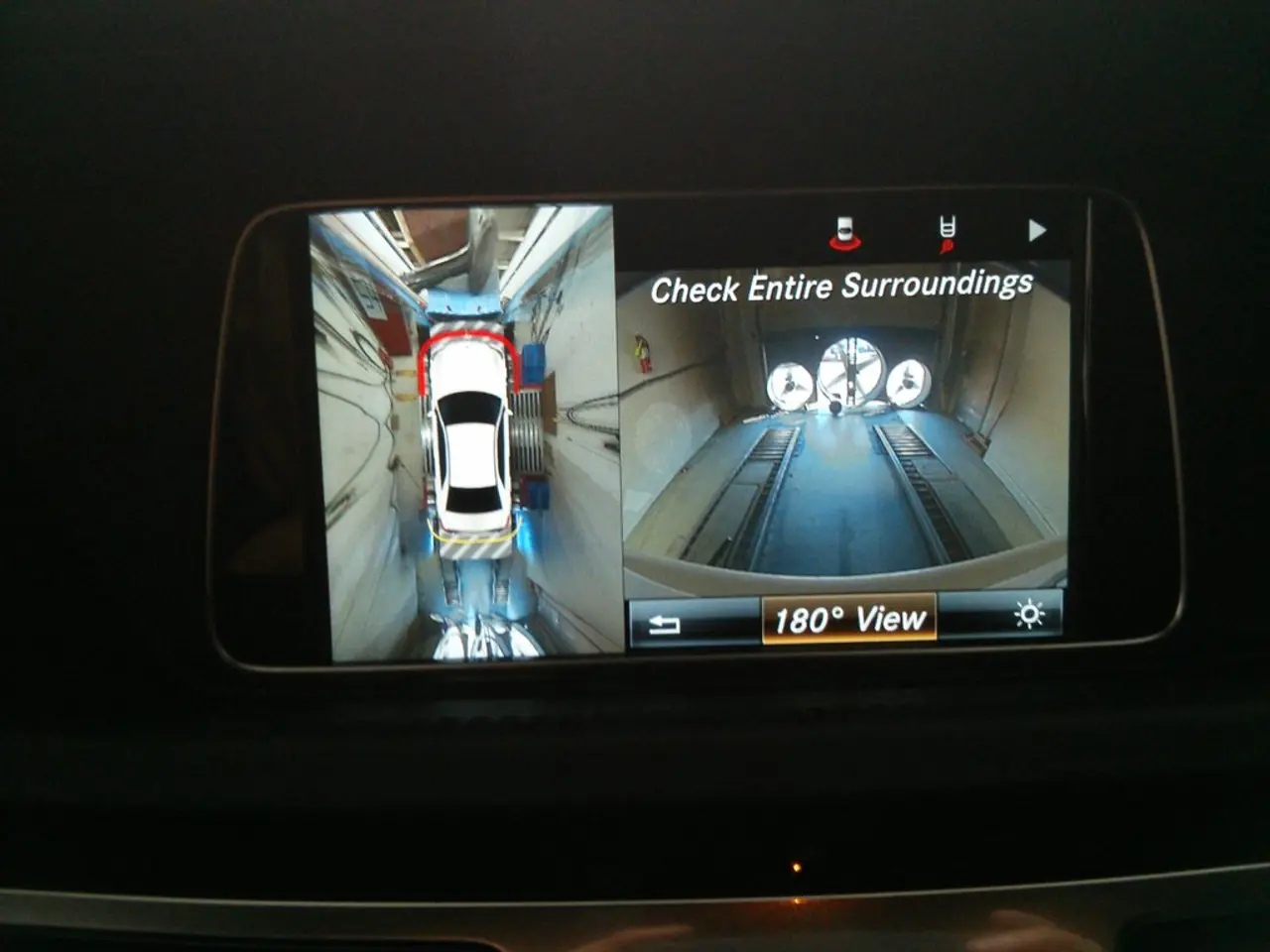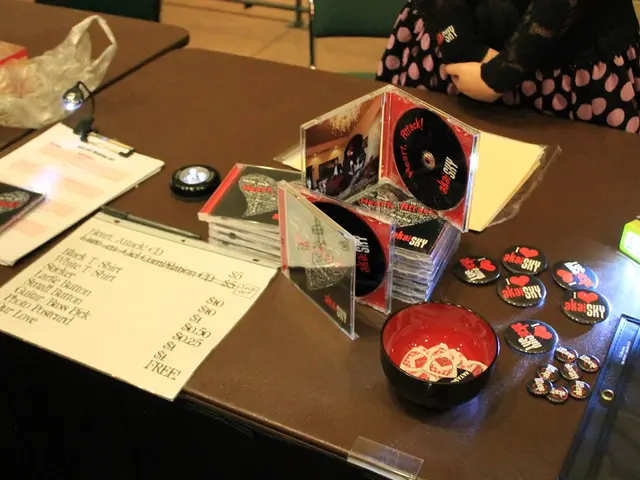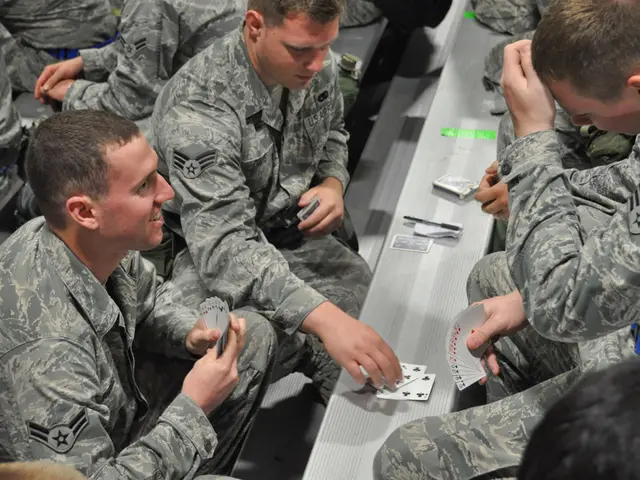Apple's iPhone 17 camera system might benefit from adopting Google's approach to recognizing artificial intelligence images.
In the ever-evolving world of smartphone technology, two tech giants, Google and Samsung, are leading the charge towards a new era of digital imaging authenticity. This movement is driven by the Coalition for Content Provenance and Authenticity (C2PA), a collaborative effort to combat AI-generated or AI-edited media.
Google, a member of the C2PA, is spearheading this change with its latest Pixel 10 series. The Pixel 10 Pro and Pixel 10 Pro XL cameras incorporate generative AI for various features, such as Pro Res Zoom and Auto Best Take. Starting with these models, every image captured by the camera is embedded with C2PA information.
Isaac Reynolds, group product manager for Pixel cameras, emphasized the importance of C2PA during the Pixel 10 launch. Google's strategy is to make people expect image metadata to be present, which could potentially flag images without it as potentially not genuine. The company is committed to saving C2PA metadata in every Pixel camera picture to help users make better-informed choices, especially when it comes to current events or potential scams.
On a phone, swiping up on an image in Google Photos displays information about it, including whether it was edited with AI tools. If an image is edited using AI tools, it will be flagged as being AI-edited. However, the "How this was made" section in Google Photos provides information about how an image was created, but it's not incredibly detailed.
Samsung is also joining the fray, adding an AI watermark and a content credential tag to images that incorporate AI-generated material. The Samsung Galaxy S25 Ultra can display C2PA information in the Google Photos app, but it does not show up in the Google Photos app on an iPhone 16 Pro.
Apple, not part of the C2PA coalition and seller of millions of iPhones, some of the most popular image-making devices in the world, is suggested to implement the C2PA technology in the iPhone 17 cameras. If Apple were to adopt C2PA and tag every photo made with an iPhone, it would represent a massive influx of tagged images. The influx of tagged images from Apple could give weight to the idea that an image without a tag should be regarded as potentially not genuine.
However, Apple's stance on the matter remains uncertain, as the company is not currently listed as a member of the C2PA, making it unlikely for the company to adopt the technology anytime soon. This development underscores the ongoing competition in the smartphone industry, as companies strive to provide users with the most authentic and reliable digital imaging experience.








